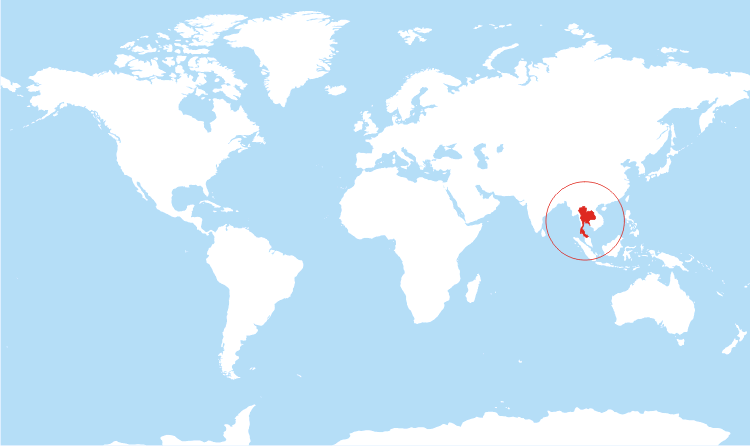
Salton Sea! I can't help but post again about this place... I LOVE IT! Today, it's about Salton Sea State Recreational Area located in Imperial County USA. It's located on the east shore of the lake off of Route 111 (near Salvation Mountain and the Mud Volcanoes). What makes this beach so UNIQUE and AMAZING is that not make of your typical "sand". The sand is literally millions pulverized dead fish bones and gills. The Salton Sea is literally an accident that occurred in 1905 by a flood when waters of the Colorado River overflowed into the area. The lake was initially fresh water, however over time the salinity gradually increased. Fish die off regularly... making an interesting. The beach is softer than what one might imagine. It's not a place one would sun bath and most certainly NOT swim (the water apparently quite toxic), but definitely worth a visit if you are in the area! It's difficult to express what draws me to this place.. it smells (often), everything is old and everything dying (even the lake). But it's beautiful scenery, it's amazing history, it's unique geology, it's artistic population and it's fish skeleton beach.. seriously, who couldn't love this place????




















































